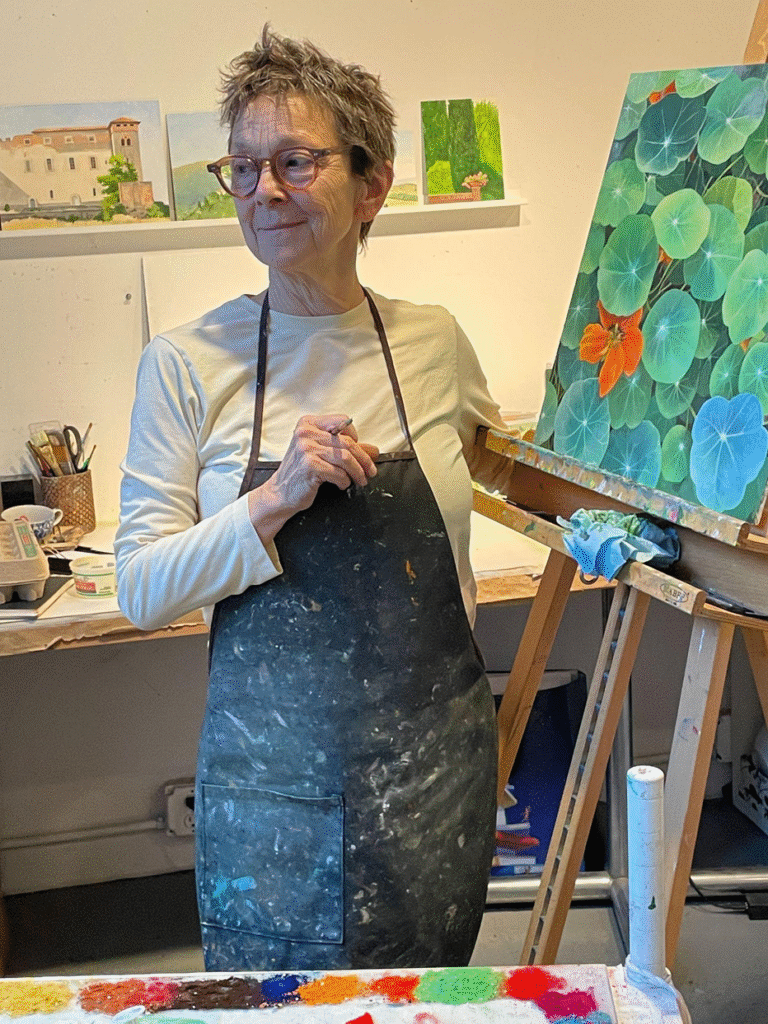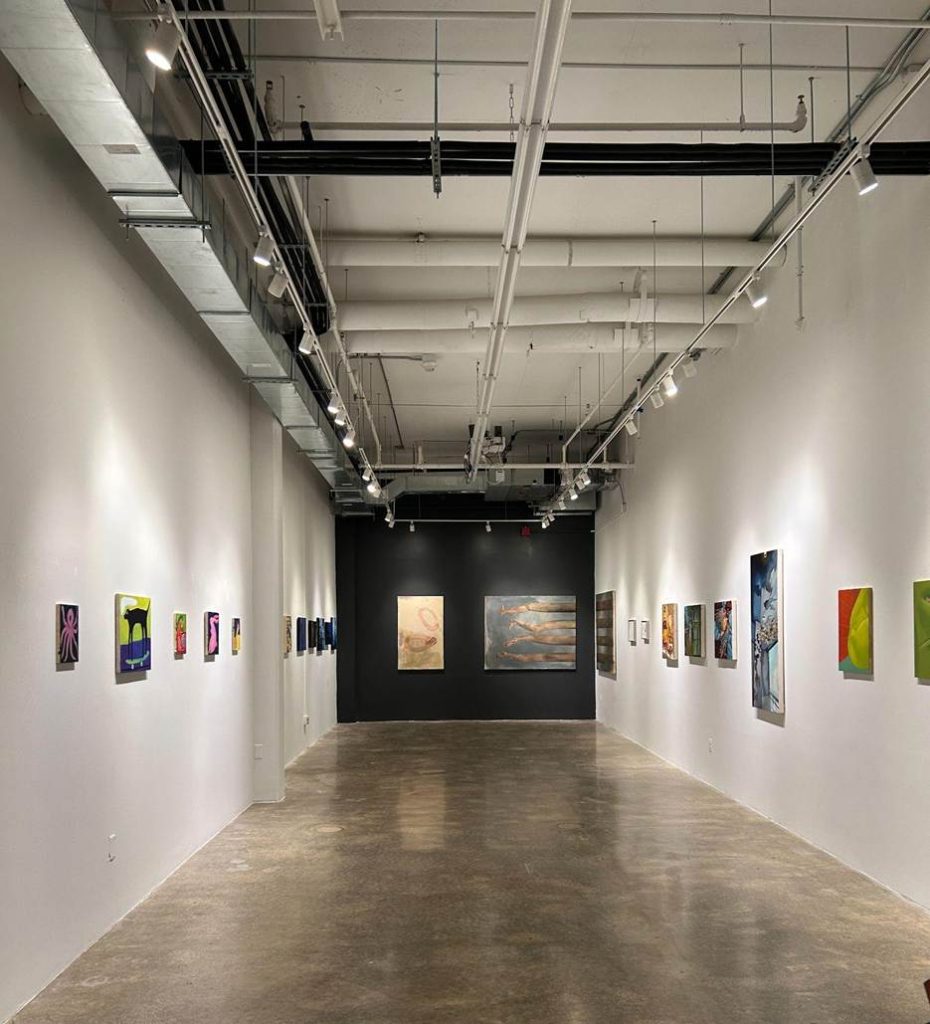In Dialogue

During her more than thirty years at the Montclair Art Museum, Dr. Gail Stavitsky, Chief Curator, has shaped the institution’s vision through exhibitions that deepen public understanding of art history while highlighting under-recognized artists. Her work extends beyond the galleries to publications that introduce new scholarly perspectives — including the recent catalogue accompanying Tom Nussbaum: But Wait, There’s More! In this interview, Dr. Stavitsky discusses her curatorial approach and the ideas guiding the Museum’s current exhibitions by Tom Nussbaum and Christine Romanell.
Continue reading “Curatorial visions at Montclair Art Museum”







